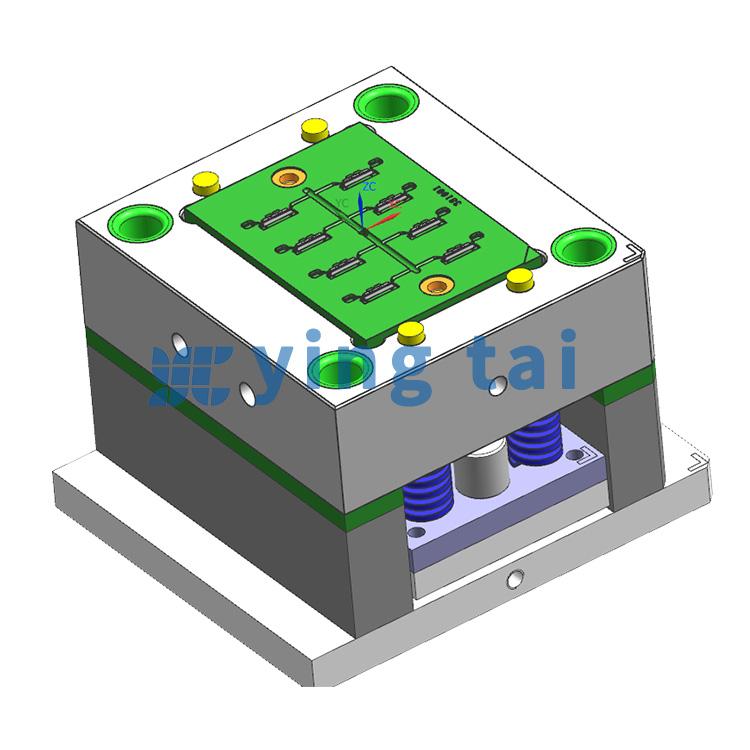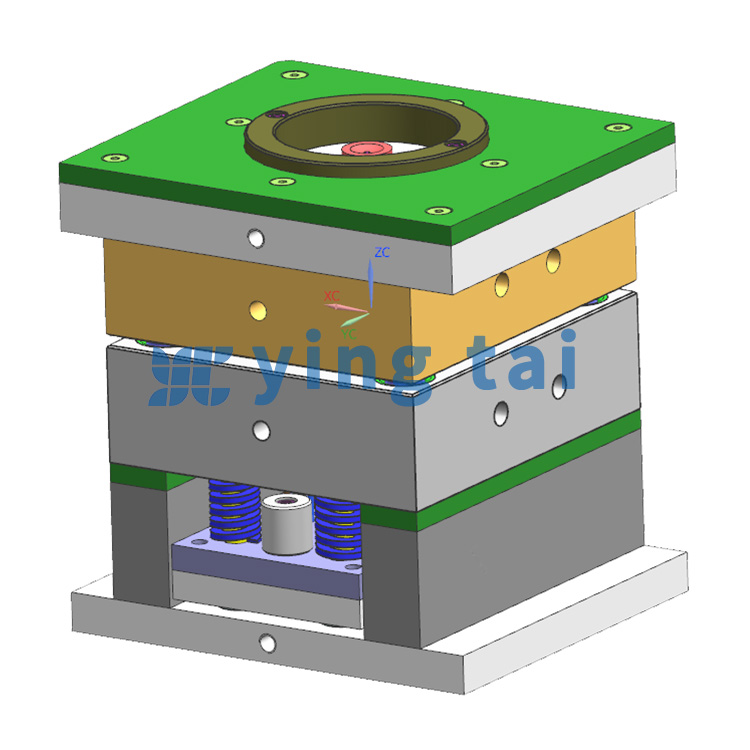Analysis of Injection Molding Process for Silicone Injection Molding Mold
The silicone injection molding process is highly efficient and precise, involving material selection, mold design, equipment debugging, mixing of rubber materials, injection molding, vulcanization cooling, demolding and quality inspection. Suitable for medical treatment, infant and toddler products, etc., achieving efficient automation production.
The injection molding process of silicone for injection molding molds is a highly efficient and precise manufacturing process, widely used in the production of various silicone products. The following is a detailed analysis of the process:
一、 Process principle
The principle of injection molding process is to mix liquid silicone raw materials (usually two-component liquid silicone, namely component A and component B) uniformly in a certain proportion, and inject the molten silicone into the pre designed mold cavity through pressure and temperature control of the injection machine. Under the cooling effect of the mold, the silicone gradually solidifies and maintains the shape given by the mold cavity. Open the mold and take out the product.

二、 Process flow
1. Material selection and preparation:
Select the appropriate liquid silicone variety based on the comprehensive evaluation of the product's purpose, properties, shape, etc. For example, the medical industry should choose medical grade silicone materials, while infant and toddler products generally use food grade liquid silicone raw materials.
Prepare liquid silicone gel for components A and B, and ensure that the feeding tools are clean and used separately to avoid mixing and causing local clumping.
2. Mold design and manufacturing:
Design corresponding injection molds based on the shape and specifications of the required products. The design of molds needs to consider factors such as the fluidity of silicone, shrinkage after solidification, product shape, size, wall thickness, and surface requirements.
Mold manufacturing needs to ensure accuracy and durability to meet long-term production requirements.
3. Equipment preparation and debugging:
Prepare injection molding machines, silicone pre-treatment equipment (such as vacuum tanks, heaters, etc.), mixing equipment, etc.
Debug the injection molding machine to ensure that injection pressure, temperature, time, and other parameters meet the production process requirements.
4. Mixed rubber material:
Mix the liquid silica gel of components A and B in a predetermined ratio (usually 1:1).
Using quantitative devices to control the ratio, fully mix through specialized mixing equipment (such as static mixers) to ensure accurate and uniform mixing of the two.
5. Injection molding:
Install the mold on the liquid silicone injection machine and adjust the injection position and pressure.
Put the mixed silicone into the feeding machine, and use the pressure of the liquid silicone injection machine to feed the liquid silicone into the liquid silicone mold, filling the entire mold cavity.
The injection process needs to ensure that the silicone is filled in every detail and corner to ensure the integrity and accuracy of the product.
6. Sulfurization and cooling:
After the silicone product is formed, it needs to undergo vulcanization reaction under heating conditions to make the silicone harder and achieve stable physical properties.
The vulcanization time and temperature need to be adjusted according to the type and thickness of the silicone gel.
After vulcanization, it is necessary to perform cooling treatment to further solidify the silicone product and facilitate demolding.
7. Demoulding and trimming:
After the silicone is completely cured, open the mold and remove the silicone product.
Repair products with scratches, burrs, and other issues.
8. Quality inspection and packaging:
Strictly inspect the quality of silicone products, including appearance quality, dimensional accuracy, hardness, and other indicators.
Pack qualified silicone products and label them with clear product information.
Store the packaged silicone products in a dry, ventilated, and dark warehouse to avoid moisture or direct sunlight.

三、 Process advantages
1. High efficiency: The injection molding process can produce products with complex shapes and precise dimensions in one molding, greatly improving production efficiency.
2. Precision: Due to the precise design and manufacturing of the mold, as well as precise control during the injection molding process, the size and shape precision of the product are relatively high.
3. High degree of automation: The entire injection molding process can achieve highly automated production, reducing errors and costs caused by manual operations.
4. Strong adaptability: The injection molding process is suitable for the production of various silicone products, including medical supplies, infant and toddler products, electronic product casings, etc.
The injection molding process of silicone for injection molding molds is a high-efficiency, precise, and automated manufacturing process. By strictly controlling various parameters and conditions, silicone products that meet quality requirements can be produced.

LSR liquid silicone mold processing and manufacturing, Shenzhen liquid silicone injection mold, liquid silicone injection mold, liquid silicone rubber injection molding mold, liquid silicone card holder mold, card holder LSR mold, LSR cold runner system, Guangdong LSR mold factory, mobile phone card holder waterproof silicone mold factory, LSR cold runner mold, LSR liquid silicone mold, liquid silicone mold factory, liquid silicone mold manufacturer, LSR liquid silicone mold factory, liquid silicone mold processing

